Add this to the Role model
public function users(){
return $this->belongsToMany('App\Models\User');
}

Personal notes
Add this to the Role model
public function users(){
return $this->belongsToMany('App\Models\User');
}We are going to make roles for our users which will require a new model called Role with a migration
php artisan make:model Role -mNext you need to make a table for both roles and users. In Laravel you need to use singular case and go in alphabetical order.
php artisan make:migration create_users_roles_table --create=role_userIn your roles migration add the new fields:
$table->string('name');In your user role migration add these fields:
$table->integer('user_id');
$table->integer('role_id');Now migrate this
php artisan migrateCreate two roles: administrator, subscriber. Create a second user if doesn’t exist. In role_user attach the user to role based on ID of each. You can do 1,1 and 2,2.
Now we need to define the relationship in the model. Open up User model and add:
public function roles(){
return $this->belongsToMany('App\Models\Role');
//To customize tables name and columns follow the format below
//(Table name, user foreign key name, role foreign key name)
//return $this->belongsToMany('App\Models\Role', 'user_roles', 'user_id', 'role_id');
}Now let’s see roles in action. Add this to routes:
Route::get('/user/{id}/role', function($id){
$user = User::find($id);
foreach($user->roles as $role){
echo $role->name.'<br>';
}
});Another way to find roles:
Route::get('/user/{id}/role', function($id){
$user = User::find($id)->roles()->orderBy('id', 'desc')->get();
return $user;
});Update your Post model by adding this:
public function posts(){
return $this->hasMany('App\Models\Post');
}We can now display the user’s post titles in our routes:
use App\Models\User;
/*
|--------------------------------------------------------------------------
| ELOQUENT Relationships
|--------------------------------------------------------------------------
*/
Route::get('/posts', function(){
$user = User::find(1);
foreach($user->posts as $post){
echo $post->title.'<br>';
}
});View in your browser.
Update your Post model by adding this:
public function user(){
return $this->belongsTo('App\Models\User');
}We can now display the post’s user in our routes:
use App\Models\User;
/*
|--------------------------------------------------------------------------
| ELOQUENT Relationships
|--------------------------------------------------------------------------
*/
Route::get('/post/{id}/user', function($id){
return Post::find($id)->user->name;
});View in your browser.
Update your post migration to have a user_id column
Schema::create('posts', function (Blueprint $table) {
$table->id();
$table->integer('user_id')->unsigned();
$table->string('title');
$table->text('content');
$table->timestamps();
});Update your migrations with
php artisan migrate:refreshAdd a user and a post in your database, where you add the user ID to the new post.
Then update your User model by adding this:
public function post(){
return $this->hasOne('App\Model\Post');
}The user_id is used as the default connection to Post model. Add a second parameter to use a different id name. Add a third parameter to change the post ID.
Now that we’ve added this relationship, we can display the user’s post in our routes:
use App\Models\User;
/*
|--------------------------------------------------------------------------
| ELOQUENT Relationships
|--------------------------------------------------------------------------
*/
Route::get('/user/{id}/post', function($id){
return User::find($id)->post->title;
});Add this to routes
Route::get('/forcedelete', function(){
$post = Post::onlyTrashed()->forceDelete();
});Add this to routes
Route::get('/restore', function(){
$post = Post::withTrashed()->where('is_admin',0)->restore();
});Use this statement in your routes to retrieve soft deletes
Route::get('/readsoftdelete', function(){
Post::withTrashed()->where('id',11)->get();
});Way of retrieving all soft deletes:
Route::get('/readsoftdelete2', function(){
$post = Post::onlyTrashed()->get();
return $post;
});Update your model to include soft deletes like this:
use Illuminate\Database\Eloquent\SoftDeletes;
class Post extends Model
{
use SoftDeletes;
protected $dates = ['deleted_at'];
}Now create a migration (name of file with flag for name of database table to add onto)
php artisan make:migration add_deleted_at_column_to_posts_tables --table=postsNow add your new columns to this file in the up and down functions like so:
public function up()
{
Schema::table('posts', function (Blueprint $table) {
$table->softDeletes();
});
}
public function down()
{
Schema::table('posts', function (Blueprint $table) {
$table->dropColumn('deleted_at');
});
}Get the new column to show up with:
php artisan migrateTo your routes file add this to soft delete an item in the database:
Route::get('/softdelete', function(){
Post::find(11)->delete();
});Now running queries like Post::all() won’t find the soft deleted items anymore so check the database directly.
Multiple ways of deleting:
use App\Models\Post;
/*
|--------------------------------------------------------------------------
| ELOQUENT ORM (Object Relational Model)
|--------------------------------------------------------------------------
*/
Route::get('/delete', function(){
$post = Post::find(2);
$post->delete();
});
Route::get('/delete2', function(){
Post::destroy(3);
});
Route::get('/delete3', function(){
Post::destroy([4,5]);
});
Route::get('/delete4', function(){
Post::where('is_admin',0)->delete();
});